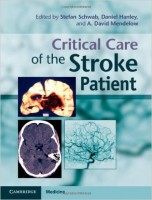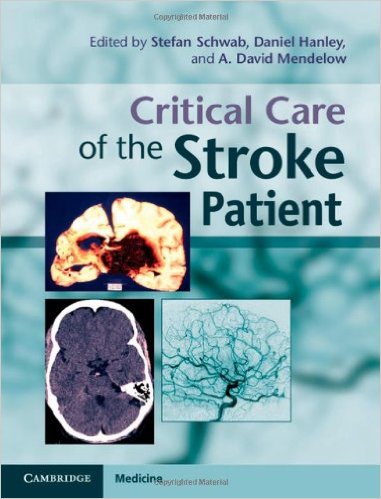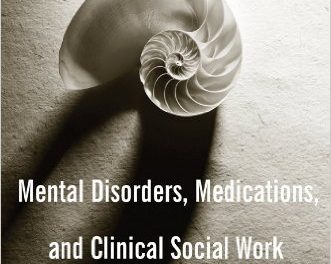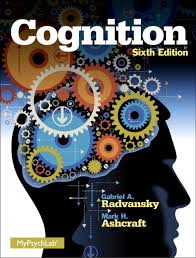 Editors: Stefan Schwab, Daniel Hanley, and A. David Mendelow
Editors: Stefan Schwab, Daniel Hanley, and A. David Mendelow
Publisher: Cambridge University Press – 553 pages
Book Review by: Nano Khilnani
In 2010 about 17 million people had a stroke, and about 33 million had had a stroke and were still alive. The good news is that in the 20 years between 1990 and 2010, strokes decreased by about 10 percent in the developed world. But they increased by around 10 percent in the developing world.
More recently, in 2013, stroke was the second most frequent cause of death after coronary artery disease, with 6.5 million deaths. Almost an equal number had hemorrhagic stroke (3.2 million) as had ischemic strokes (3.3 million). Two-thirds of the victims were over 65 years old.
These two main types of stroke – ischemic and hemorrhagic are similar in some ways and different in others. An ischemic stroke occurs when blood flow to the brain is abnormal (poor or slow), resulting in cell death. A hemorrhagic stroke on the other hand, occurs when there is bleeding. These are some common signs of a patient who has had either type of stroke:
- Inability to move or feel on one side f the body
- Loss of vision to one side
- Inability to speak
- Inability to understand
Besides the loss of the above-named abilities and faculties, some of the long-term consequences include loss of bladder control, and pneumonia. And patients who suffer from a hemorrhagic stroke may also get severe headaches.
New treatments for patients who go through a stroke or have other cerebrovascular conditions, have been developed in recent years. These treatments have resulted in several positive outcomes, the editors and authors of this uniquely important book point out. Among them are:
- Enhanced patient management
- Improved quality of life
- Lower economic cost for services
- Minimized morbidity
- Reduced in-patient care
This book introduces those new developments. Its earlier chapters discuss various interventions and monitoring techniques, and its later ones cover a large range of conditions, diseases and disorders such as arteriovenous malformations, cerebral venous thrombosis, intracranial hemorrhage, ischemic stroke, and traumatic brain injury.
Seventy-seven professors, physicians, surgeons, and other experts mainly from Germany but also from ten other countries – Canada, Finland, France, Italy, Portugal, Saudi Arabia, Switzerland, the Netherlands, the United Kingdom, and the United States – contributed to this book by authoring its 36 chapters. These are organized around eight Sections, mainly:
- Monitoring Techniques
- Interventions
- Critical Care of Ischemic Stroke
- Critical Care of Intracranial Hemorrhage
- Critical Care of Arteriovenous Malformations
- Critical Care of Subarachnoid Hemorrhage
- Critical Care of Cerebral Venous Thrombosis
- Vascular Disease Syndromes Associated With Traumatic Brain Injury
Some of the causes of strokes are:
- Diabetes mellitus
- High blood cholesterol
- Tobacco smoking
A stroke is also called a brain attack. There are cases when someone who has had a heart attack (due blockage in a blood vessel with cholesterol deposits on the interior vessel walls) also gets an ischemic stroke later. Such stroke can follow the heart attack right away, or hours and even days later. An ischemic stroke if detected within three to four and a half hours is treatable with medication (such as aspirin or statins, for example) that can break down the clot in the blood vessels.
A hemorrhagic stroke is often the result of an aneurysm or rupture of a blood vessel, with blood going directly into the brain or into the spaces surrounding the brain.
This book offers much that is new, as we mention above, and the material is presented very systematically in its 36 chapters. Following the title and bylines of the authors in each chapter, you will read a brief Introduction and discussions of various topics in the chapter, interspersed with visuals such as charts, drawings and tables. A Conclusion summarizes and integrates the main points of the chapter, and numerous sources of additional and detailed information are listed in the References.
Editors:
Stefan Schwab is Professor and Director of the Department of Neurology at the University of Eralangen-Nuremberg in Erlangen, Germany.
Daniel Hanley is Jeffrey and Harriet Legum Professor and Director, Division of Brain Injury Outcomes, The Johns Hopkins Medical Institutions, in Baltimore, Maryland.
A. David Mendelow is Professor of Neurosurgery, University of Newcastle Upon Tyne, and Department of Neurosurgery, Royal Victory Infirmary, New Castle Upon Tyne, UK.







